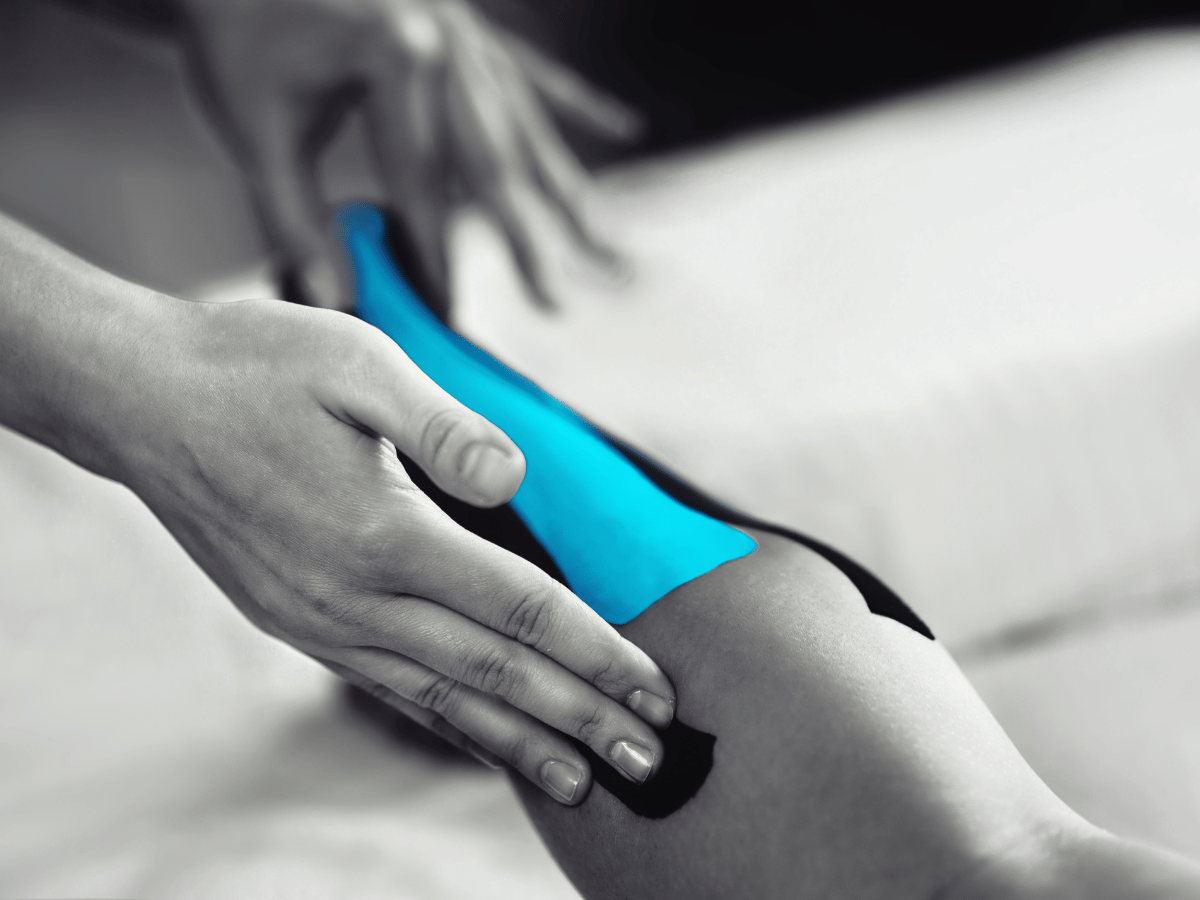
When we think of the most powerful muscle-tendon connections in the human body, the Achilles tendon ranks near the top. It lets us sprint, leap, pivot, and when it ruptures, life suddenly grinds to a painful halt. For patients in South Florida, especially athletes and active adults, understanding Achilles rupture treatment options is key to making informed choices for a complete and lasting recovery.
An Achilles tendon rupture is a partial or complete tear in the thick band of tissue that connects the calf muscles (gastrocnemius and soleus) to the heel bone (calcaneus). The result is a severe compromise in foot movement, typically marked by pain, swelling, and limited ability to point the toes or push off the foot.
This type of rupture often feels like a sudden “pop” or “snap,” with immediate loss of function. For patients in their 30s to 50s engaging in recreational sports, it’s unfortunately not uncommon.
Most Achilles ruptures are caused by sudden force or stress, often during high-intensity sprinting, jumping, or pivoting. However, many ruptures occur in tendons weakened by chronic degeneration, even without traumatic injury.
Common risk factors include:
Because South Florida has such an active and aging population, ruptures are frequently seen among weekend warriors and midlife athletes.
Symptoms are usually unmistakable. Most patients describe feeling like someone “kicked” or “hit” the back of the leg, followed by sharp pain and swelling. Common signs include:
Early identification leads to early intervention—which is critical for optimal recovery.
Diagnosis typically starts with a physical exam. The Thompson test is often performed: you lie face down, and the calf is gently squeezed. If the foot doesn’t move, it indicates a rupture.
While diagnosis can be clinical, imaging may be used to confirm severity:
Timely and accurate diagnosis guides whether conservative or surgical treatment is most appropriate.
Treatment decisions aren’t one-size-fits-all. They depend on age, activity level, rupture severity, and patient goals. We work closely with patients to tailor the best route.
Recent research shows that with proper rehab, both surgical and non-surgical patients often achieve similar long-term outcomes.
Whether surgical or non-surgical, rehab is crucial. Recovery hinges on a structured, progressive plan overseen by skilled physical therapists. The core phases include:
Most patients return to daily activities within 3–4 months but may take up to 6–9 months for full athletic performance, depending on the patient.
Re-injury is a concern, especially if rehab protocols are rushed or improperly followed. Here’s what we recommend to stay safe:
We’ve seen patients in South Florida return not just to activities—but better conditioned than they were pre-injury.
We integrate physical therapy early in the recovery process. Our therapists collaborate with orthopedic physicians to adapt treatment through every phase.
Physical therapy goals include:
It’s not just about recovery—it’s about prevention of future injury and strengthening functional movement.
Like any serious injury, Achilles ruptures can have complications. While rare, these include:
We proactively mitigate risks through prehab, surgical excellence, individualized rehab plans, and patient education every step of the way.
Experiencing heel pain or think you’ve suffered a rupture? Our multidisciplinary team at South Florida Multi-Specialty Medical Group is here to help. Don’t wait—schedule a consultation to ensure a quicker and safer recovery.
You’ll often feel a sudden, sharp pain in the back of your ankle, like someone kicked you. There may be swelling, difficulty walking, and a noticeable deformity or gap in the tendon.
Diagnosis starts with a clinical exam, usually involving the Thompson test. Ultrasound confirms the injury, while MRI helps evaluate the extent of damage and pre-surgical planning.
Surgery involves stitching the torn tendon ends together and is often chosen for younger, active individuals. Non-surgical treatment involves immobilization and gradual rehab, preferred for older or less active patients.
Initial weight-bearing may resume in 4–6 weeks, with gradual activities by 3–4 months. Full return to sports usually takes 6–9 months, depending on individual progress.
Rehab includes immobilization, followed by progressive exercises for strength, flexibility, and movement retraining. A physical therapist closely guides each stage.
Yes, there’s a slightly higher re-rupture rate in non-surgical approaches, but early functional rehab significantly reduces this risk.
Follow your rehab plan diligently, avoid sudden activity spikes, wear proper footwear, continue strengthening exercises, and get medical clearance before returning to high-impact sports.
Active individuals under 50, athletes, and those with complete ruptures often benefit more from surgery. Older patients or those with medical risks may do well with non-surgical care.
Potential issues include wound infection, nerve damage, scar formation, and tendon re-rupture. However, these risks remain low with expert care.
Absolutely. Regular calf and hamstring stretching, strength training, appropriate footwear, and gradual increases in physical activity can all help prevent tendon injuries.
Your well-being is our top priority. Reach out today to discover how our dedicated team can support your health journey.
Have questions or want to learn more? Use the form below to get started!
Connect with South Florida’s trusted multispecialty care team and take control of your health with compassion and convenience.
©2025 South Florida Multispecialty Medical Group. All Rights Reserved.